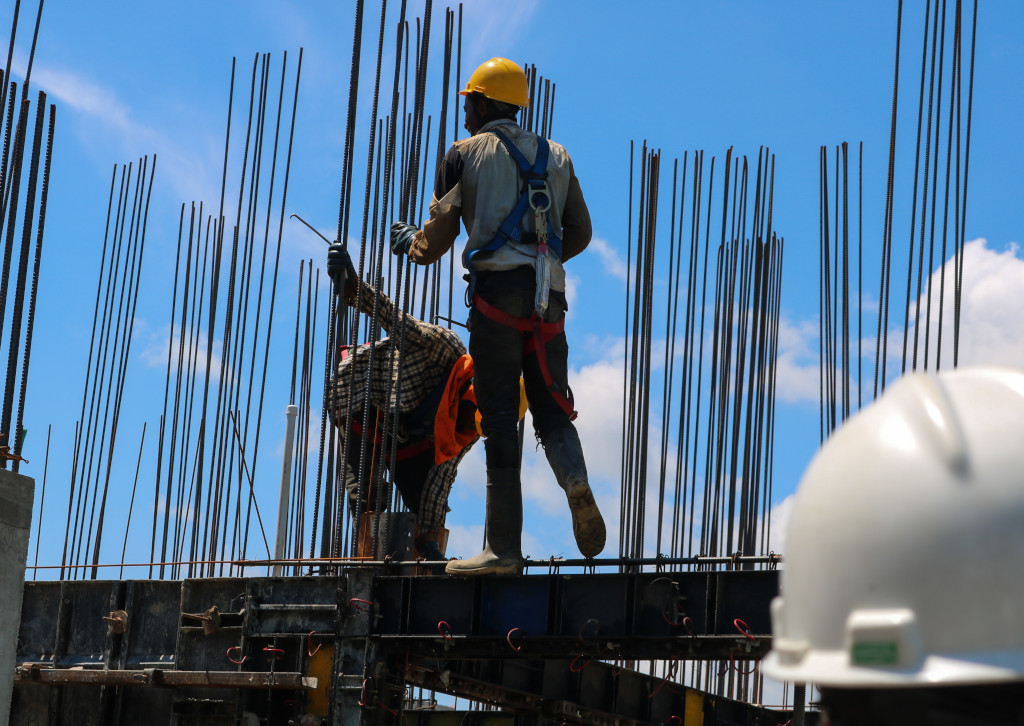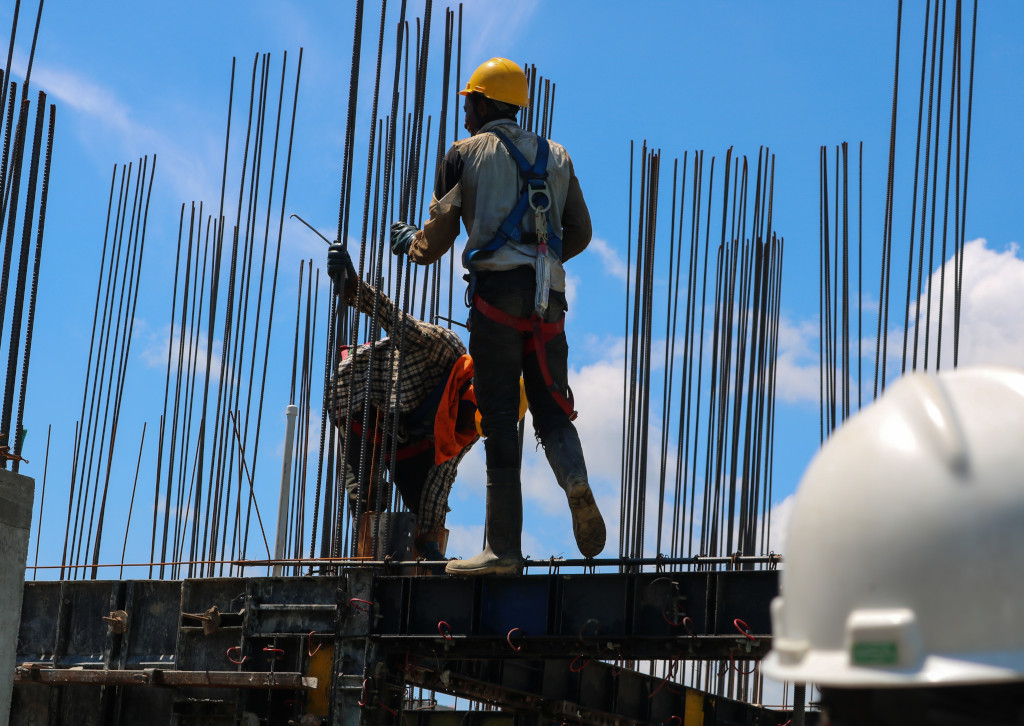
Paperless is a term that is being tossed around more and more in the construction industry. However, it doesn’t always mean the same thing. Paperless can mean different things to different businesses. Some might consider using software like Zoom or Xero as a big step in the right direction; others are issuing company devices and mandating field apps and others still feel like ‘going paperless’ is a myth. So, who is right? What does paperless mean and how is it achieved?
The shift to paperless
Remember when faxes switched to emails? Yeah, neither can we… however some could say this was one of the first steps that led to a significant reduction of paper being used in business. In most office-based businesses this slowly led to moving other processes online, and more recently, into the cloud. Once Covid-19 was added to the mix, online collaboration tools like Zoom, Slack, Teams and SharePoint became the norm across all industries, including those that previously lagged in digitising, like construction.
Although some of these tools were completely new in the construction space, these companies still found themselves with plenty of paper. Plans, diagrams, tender submissions, RFIs, checklists and occasionally, even timesheets, can still be paper based. In some instances, it might be mandated by site or government regulations, in other instances it’s a case of a lack of technically skilled workers, a technology budget or the right knowledge to take the plunge.
How to make the paperless move
Going paperless isn’t as daunting as it may seem. Yes, it is a big change, but a welcome one. According to recent research by McKinsey & Company moving to paperless projects is one of the five trends shaping construction and capital projects. Skilling and tooling up a couple of workers on a specific project is a common way many companies start. By taking this approach they can reduce risk and manage budgets by upskilling employees and investing in devices on a rolling basis, rather than all at once.
Although it’s also not uncommon to take an ‘all in’ approach like Melbourne-based BN Electrical did in 2018. They set a goal to go completely paperless by 2019 to ensure better document management to improve communication and reduce project risk.
“We simply took the paper away,” says Matthew Bien-Izowski, Managing Director at BN Electrical. “Our goal in the future is to operate a completely digital environment that will not only change the future, but enhance the functionality and productivity of staff by measurable degrees.”
After the change, BN Electrical workers claim they would never go back to using paper in the field.
The benefits of paperless
When we say paperless, we’re not talking Excel. We’re talking cloud-based software that is always up to date, and accessible by the right people at the appropriate time (and is easier to use than Excel). When your project and or team is using the same software, you become truly collaborative:
- Everyone is always using the latest version or set of drawings, even onsite
- Mark-ups are updated in real time
- Photos, videos, notes or even web links can easily be attached to markups or quality signoffs
- Checklists and reports can be filled out, reviewed and submitted quickly
- RFIs and responses can be made visible to all authorised contractors
- All information is stored with backups in the cloud securely
- Compiling all information for handover and maintenance is easier than ever.
A recent study by Autodesk to quantify the challenges of more traditional methods and the benefits of a digital approach to construction, found that 84% of those who track project data find it useful, more easily clarifying errors in tender documents before construction starts. When it comes to effective construction project management, fostering high levels of productivity on site and in the office is key; over 70% of contractors say the greatest issues damaging productivity are problems with coordination and communication, and poor schedule management. Construction software solutions provide an approach to dramatically mitigate these issues.
It doesn’t need to be daunting
As mentioned above, starting with a single paperless project can be a great way to begin. Or, if the decision is made to go all in, the process will stay on track if there is a clear roadmap with goals and timelines and buy-in from different people in the business.
If you would like to learn more about how Autodesk Construction Cloud can help your business go paperless, you can request a demo. To learn more about digital transformation, and how to start your journey, our digital transformation roadmap infographic can be viewed here.
The post Going Paperless in Construction: What It Really Means and How to Do It appeared first on Digital Builder.
Did you miss our previous article…
https://www.clarkeconstructioncreations.com/?p=620

